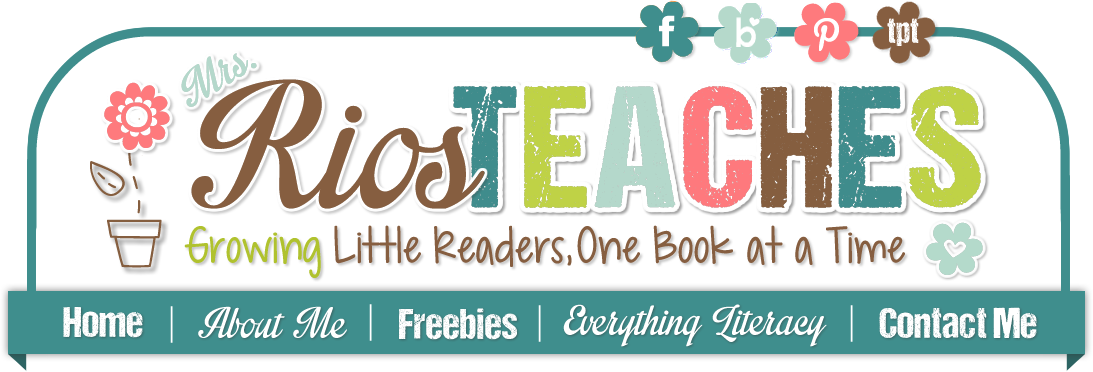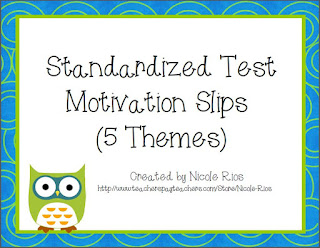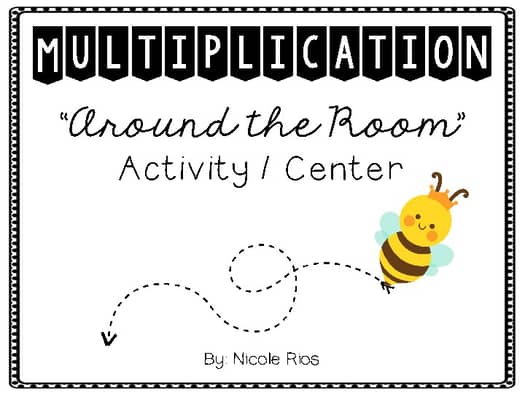I have to say, I love teaching 3D shapes every year to my second graders. Along with money, they are my favorite two units that we work on. We handle miniature 3D shapes that our grade level purchased with grant money. We fold and tape nets into various 3D figures. I think I enjoy it because it lends itself to so many hands-on experiences for my students.
But right now is "crunch" time. We are in review mode, as we are only two weeks away from our state test. Yes, I work in California, and we test and torture little, innocent, second graders here. Anyway, I could go on, but I won't.
So, I love foldables, too. But, I don't have it down to where I can just help my kiddos whip up 27 7-page foldables so that we can review 3D shapes. Maybe you don't either. I created this flip book for us. Click on any of the images to take a closer look.
The flip book covers spheres, cones, cubes, cylinders, pyramids, and rectangular prisms. It also has illustrated examples to explain the vocabulary of 3D shapes: vertices, edges, and faces.
This book has students circling vertices, highlighting edges, and counting faces. For counting faces, we count the number of squares, rectangles, circles, and triangles that we see. We mark the total onto the tally chart on each page. This is helpful, because on our state test, students must know what plane shapes make up the faces of each 3D shape.
Finally, I also included a cut and sort sheet with images of real world objects. The students have to cut and paste them on the correct page.
You can find this flip book in my Tpt store here.
Hope you are having a great weekend. Today's my 12th wedding anniversary!

































